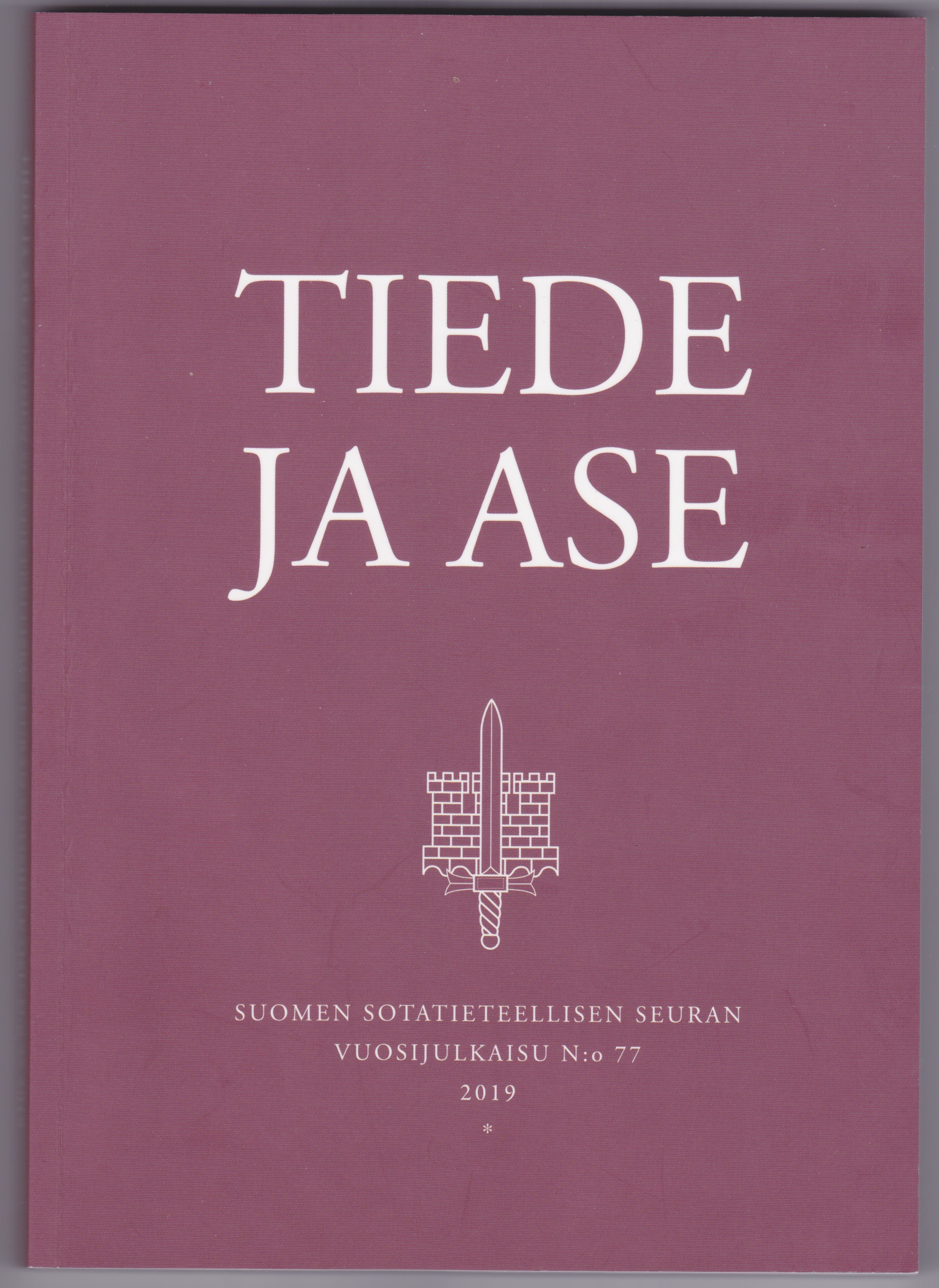Pelotetta vai pidäkettä? Deterrenssiteorian käytäntöä pienen valtion näkökulmasta
Abstrakti
This article reassesses the concept of deterrence that initially evolved to prevent the Cold War era superpowers from engaging into a mutually destructive nuclear war. The world has changed and certain aspects of deterrence theory have to be added to the scrapheap of history while others stand as almost timeless tenets. Deterrence has to be rethought in our contemporary world and each state willing to put it to practice will have to develop a deterrence strategy of its own that plays on the strengths of that specific state and the weaknesses of its most likely future aggressor. Non-nuclear deterrence has to be thought out adhering to different principles than expressed in traditional theories and the greater the power imbalance between the deterrer and the deterred, the more the smaller state has to employ the entire spectrum of skills of his society. Deterrence cannot rest on the principle of punishment but has to be more nuanced. When there is no balance of terror between the two states the more deterrence assumes the role or dissuading the potential enemy from attacking of creating restraints for his aggression.

